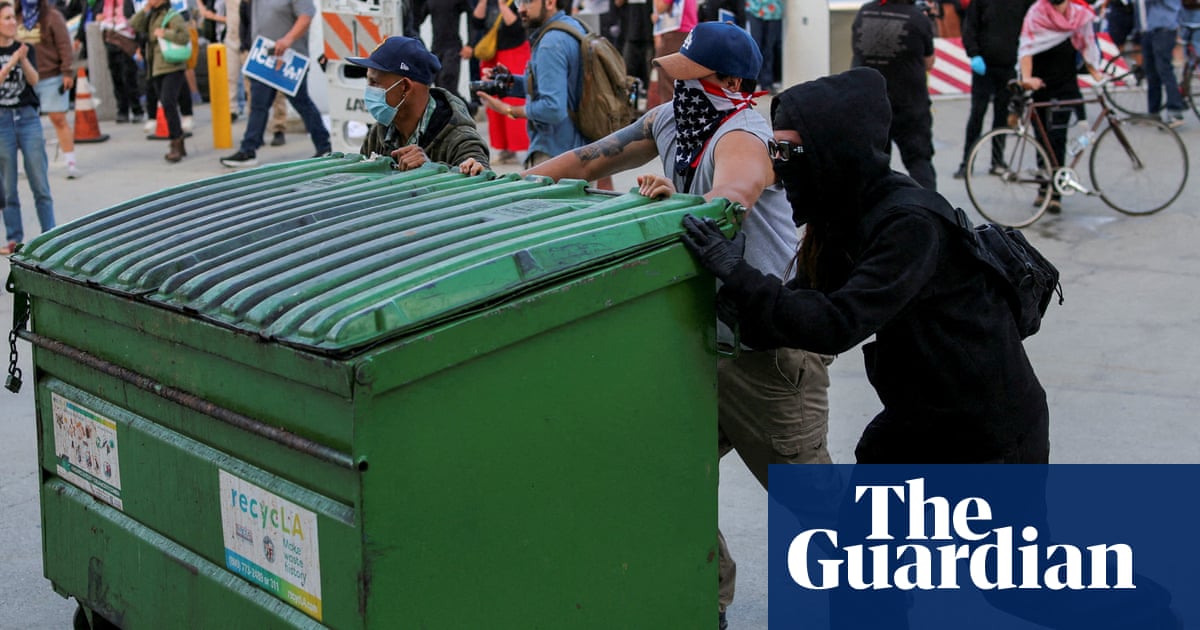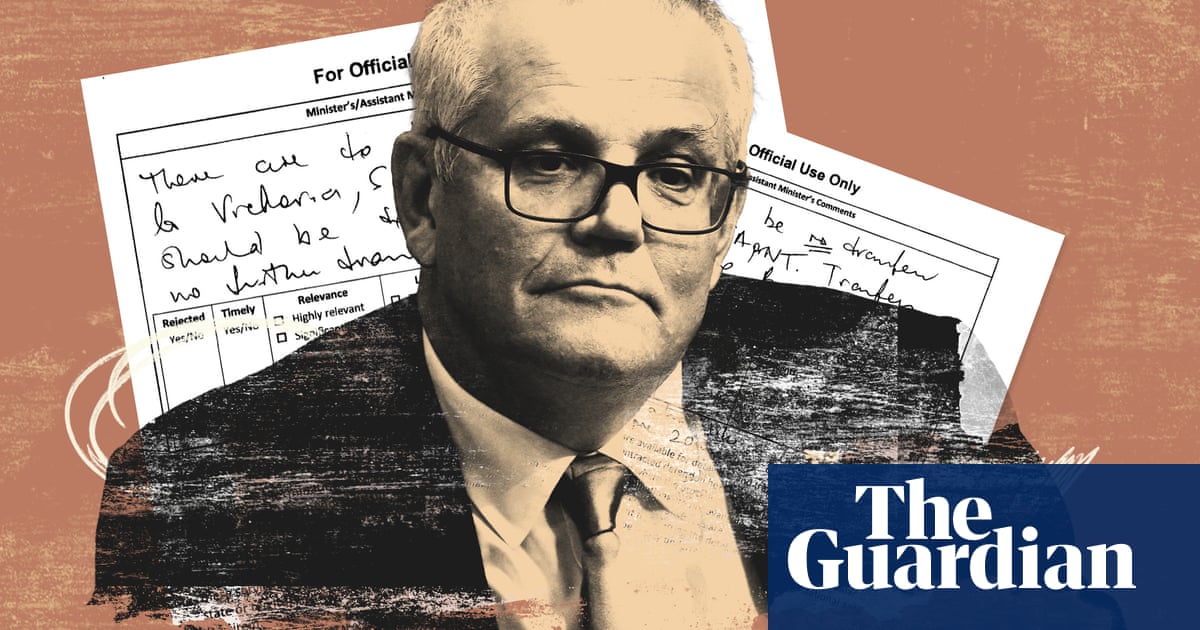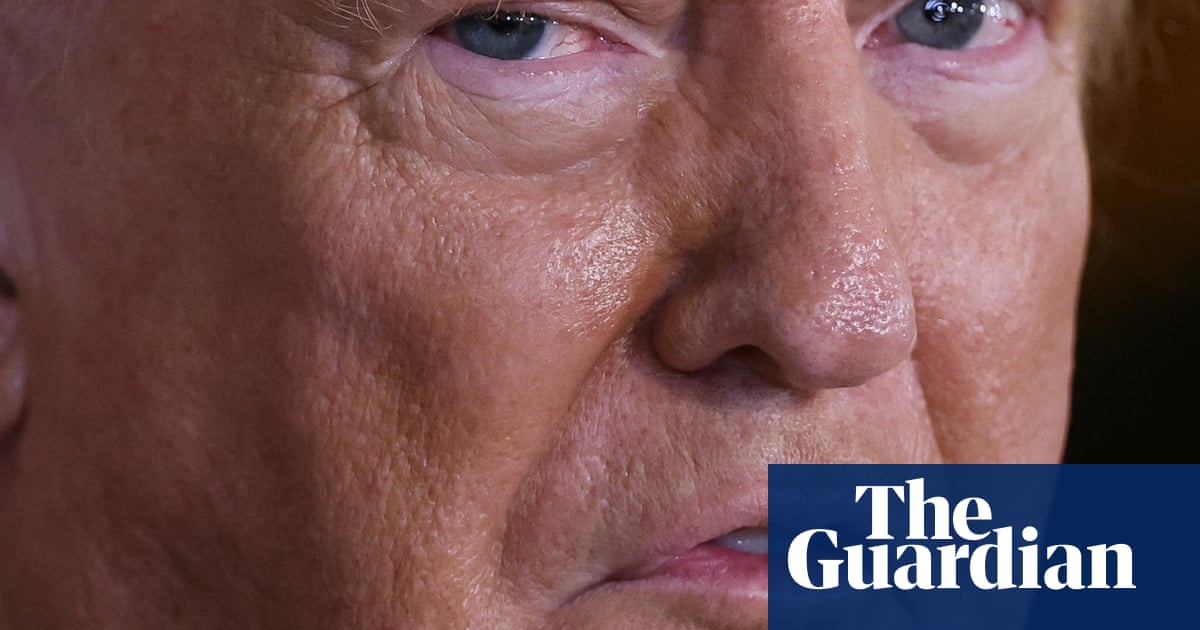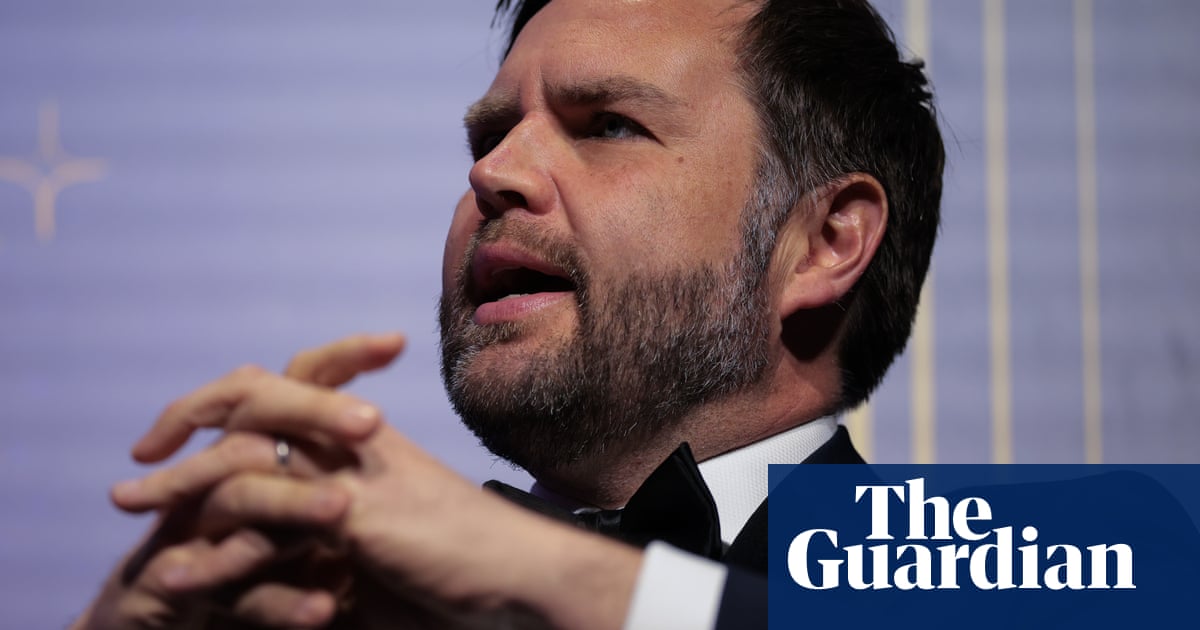While Donald Trump and his Colombian counterpart Gustavo Petro were engaged in a very public row over the deportation of migrants last month, China’s ambassador to Bogotá was enthusiastically tweeting that diplomatic relations between China and Colombia had reached their “best moment”.
After Petro refused to receive a plane from the US carrying handcuffed deported Colombians, Trump retaliated by doubling tariffs and revoking visas for Colombian government officials.
Petro was quickly forced to back down, but while tensions were still high, Beijing’s ambassador Zhu Jingyang, posted 38 tweets celebrating ties between China and Colombia, including photos and videos of a lunar new year celebration in Bogotá.
“We are experiencing the best moment in our diplomatic relations,” he wrote, linking to an interview he had given a local newspaper published a day earlier. Asked about the timing, Zhu said “it had nothing to do with what is happening today, and I do NOT have the magic to predict or anticipate”, he posted, adding two laughing emojis.
“The ambassador’s posts that day are an example of how nimble, reactive and quick the Chinese might be thinking in this era of rapid changes in US foreign policy,” said Ryan C Berg, director of the Americas Program at the Center for Strategic and International Studies (CSIS).
Berg and other analysts argue that Trump’s protectionist measures – and the suspension of almost all US foreign aid – could push South American countries even closer to China, which has already overtaken the US as the region’s leading trading partner.
“The US is going after its own allies,” said Carol Wise, professor of International Relations at the University of Southern California (USC), pointing to additional tariffs Trump has threatened for Mexico and Canada. “So really, do the math: if you’re going after your friends, your friends will merge with your so-called enemies, right?” she said.
On Monday, the US president announced a new round of 25% tariffs on all foreign steel and aluminum. Brazil is the second-largest steel supplier to the US, behind only Canada.
In 2023, South American countries exported $91.2bn (£73.7bn) to the US, and double that amount to China, $181bn (£146.2bn). The US is still the largest trading partner for countries like Colombia and Ecuador, but 20 years ago, it was for all of them except Paraguay.
“The US has not had a policy for South America for several administrations, since Barack Obama took office [in 2009],” said Monica de Bolle, a senior fellow at the Peterson Institute for International Economics. “It was a very long period during which the US completely withdrew from the region, except for issues related to migration, Venezuela, and drug trafficking … A vacuum was left that China has filled,” she said.
For many analysts, the most significant symbol of China’s current and future strategy for South America is the Chancay “megaport”in Peru, a $3.5bn (£2.83bn) project inaugurated by the Chinese president Xi Jinping himself last November.
Last week, the Colombian government announced a new shipping route that will pass through Chancay. The Brazilian government has also reportedly admitted that, due to Trump’s protectionist measures, it is fast-tracking the launch of its operations at the port – which would cut shipping times by 10 days compared with Atlantic routes.
The most significant immediate potential beneficiary, of course, will be the host country itself. “It puts Peru in a position that was unthinkable 10 years ago,” said Wise.
after newsletter promotion
But using the port could also draw unwanted attention to countries that have escaped Trump’s tariff hikes so far. The US president’s special envoy to Latin America, Mauricio Claver-Carone, has already argued that any South American nation using Chancay should face additional tariffs of 60%.
“The US is demanding a level of loyalty, allegiance, and respect that it squandered decades ago,” said Wise. “I hope that, in time, these Latin American countries will be able to just say: ‘Sorry, too bad, you know, a tariff is fine,’ because they’re selling so much to China.”
The port of Chancay is also an example of how the terms of the deal with China could change over time, Berg said. “Peru thought it was getting a Chinese-built port. Now it’s ended up with a Chinese-owned and operated port [by the state-owned Cosco Shipping]”, he said.
Antonio José Pagán, a researcher at the Centre for Studies on China and the Asia-Pacific at the Universidad del Pacífico in Lima, said the increasing rapprochement between China and the region also raises the risk of growing dependent on Beijing.
“But we must also not forget the agency of these countries,” he said. “As they want to improve economically, what matters to them is being able to cooperate with both sides and not be forced to choose between one or the other.
“But this may be impossible if the rivalry between the United States and China continues to worsen.”

 3 months ago
56
3 months ago
56

















































